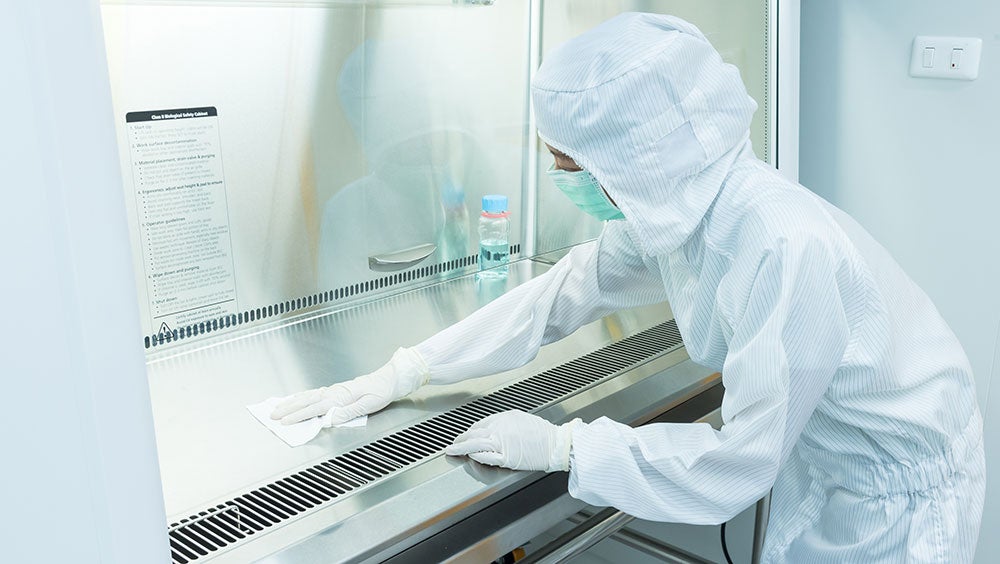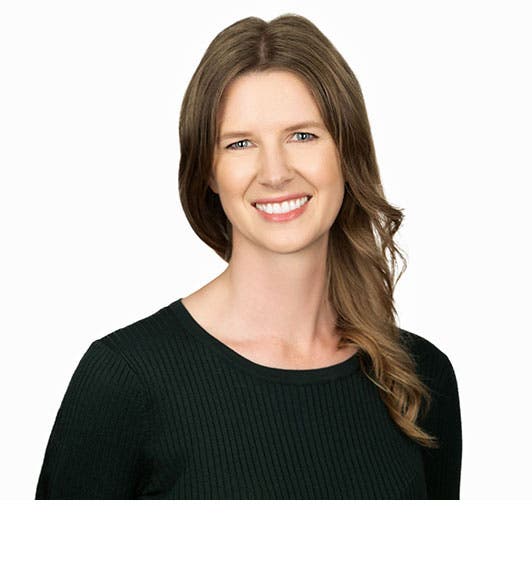Top Sessions from the 2021 Cleaning Industry Research Institute (CIRI) Conference

CIRI 2021: Healthy Buildings America
This year, the CIRI conference was a reminder that we are still in the middle of a pandemic. Postponed twice and then shifted to a fully virtual format, it was hard to ignore the impact COVID-19 has had, and still has, on the cleaning industry. The CIRI conference sessions confirmed this feeling, with many sessions focused entirely on preventing COVID-19 and improving ventilation in buildings.
About the Cleaning Industry Research Institute (CIRI)
CIRI’s vision is to raise awareness of the importance of effective cleaning through scientific research. Through its 60 members, CIRI communicates peer-reviewed technical information and research about the science of cleaning the indoor environment. With an executive committee headed by John Downey, and a scientific advisory council, CIRI has been pushing to bridge the gap between research and practice in the cleaning industry.
This year, CIRI hosted the Healthy Buildings America conference, which was sponsored by the International Society of Indoor Air Quality and Climate (ISIAQ). There were more than 200 science-based workshops, oral and poster presentations. Below, I highlight some of my favorite sessions from the conference.
Indoor Air Quality and COVID-19
The conference placed a heavy focus on the quality of indoor air. The pandemic brought to light the importance of ventilation, and with people spending more and more time indoors, contaminants from dust, carpets, and natural gas have warranted further study.
- Just ventilate the buildings! Is it as simple as this? — Lidia Morawaska: This session highlighted that ventilation is not the simple solution it has been made out to be. For example, if there are more people in the building on a given day, the ventilation rate would need to increase. And on days where there are fewer people, if the ventilation rate remains high it is just wasting energy. For some pathogens, like SARS-CoV-2, ventilation alone may not be sufficient to prevent spread.
- Phthalates, organophosphates, and organobromines in HVAC filter dust — David Jarma: Plastics and fire-retardant chemicals from our environments make it into the air and dust that can build up in homes if they are not cleaned. This highlights the importance of maintaining good air filtration and cleaning to remove chemical contaminants from the environment.
- Disinfection by-products arising from indoor space disinfection for COVID-19 — Peter Holliman: Ozone-generation machines have been proposed as a method for air disinfection, but many have noted a lingering smell after using ozone generators. The researchers in this session measured aldehyde by-products that arose following the use of ozone generators in a classroom. They found that ozone generators created many aldehydes that lingered in the air for more than 2 hours following use. These results indicate that if we are to routinely disinfect air, we should be thoughtful about how we do it to prevent adding potentially harmful contaminants.
Cleaning and Disinfection: Real-World Studies Show Our Germiest Surfaces
- Assessment of enhanced cleaning and disinfection in hotels in Colorado, North Carolina, and Oklahoma — Richard Shaughnessy: Researchers measured the level of contamination of high-touch surfaces based on ATP measurements in 15 hotels across the United States. In the shared hotel areas, elevator buttons, door handles, and luggage carts were the most contaminated. In rooms, even after cleaning, toilet areas and TV remotes remained the dirtiest. In the hotel setting, surface contamination returned to pre-cleaning levels after 12 hours of use, suggesting that hotel common areas should be cleaned at minimum every 12 hours.
- Assessment of health-based cleaning of high contact surfaces in airport cabins and airports — Richard Shaughnessy: During the pandemic, airports and airplanes have been a safety concern. Before cleaning, seatbelt buckles, air vents, window shades, and tray table latches were the most contaminated, suggesting issues with the cleaning process during plane turnover. In the airport areas the loading bridge handrails, kiosks, and pin pads were the germiest. Compared with the hotel setting, airport areas have much higher traffic, and a minimum of one clean per 4 hours was deemed necessary to prevent surface contamination.
- A pilot study on school cleaning intervention — Richard Shaughnessy: In this study, researchers compared the rates of illness in schools that performed more frequent cleaning versus schools that did not. They found that schools with greater surface contamination (and less frequent cleaning) had a higher likelihood of students missing school due to a gastrointestinal illness.
What’s Next for CIRI?
This year, CIRI brought together members of the research community and the cleaning industry. The discussions and collaboration were remarkable and will only get better over time. CIRI now has membership opportunities open to cleaners, restorers, distributors, and manufacturers. This will bring more expertise from the industry to CIRI and increase the value of future conferences.


